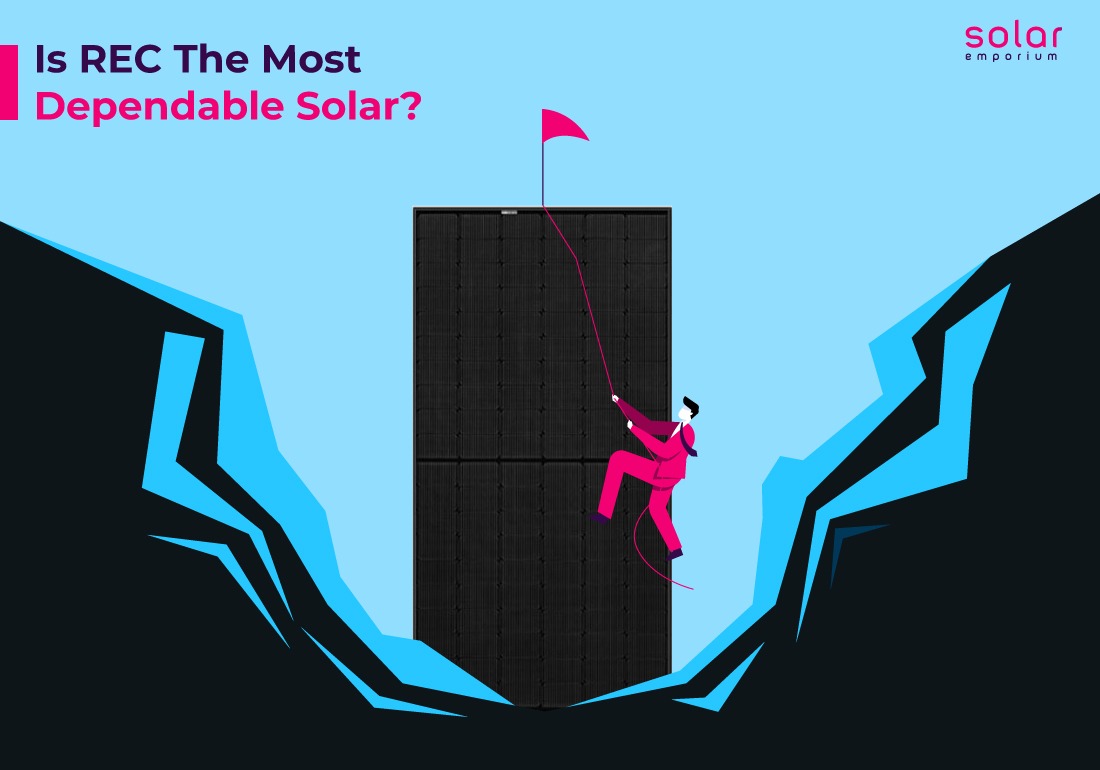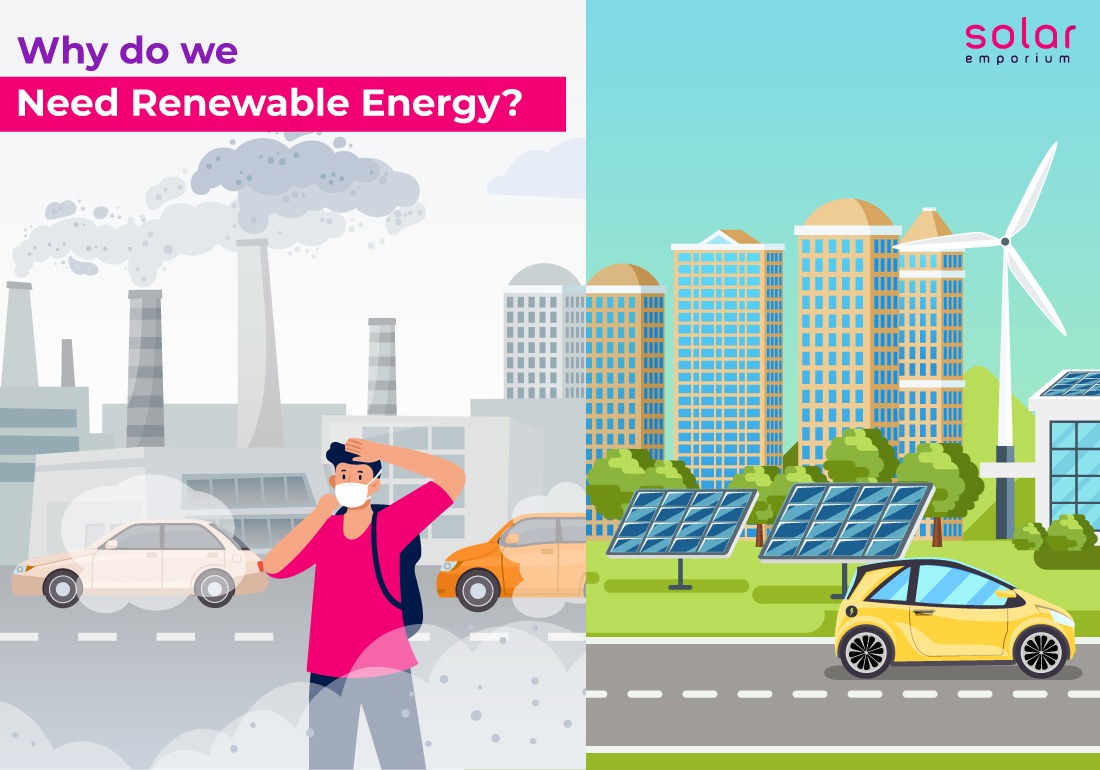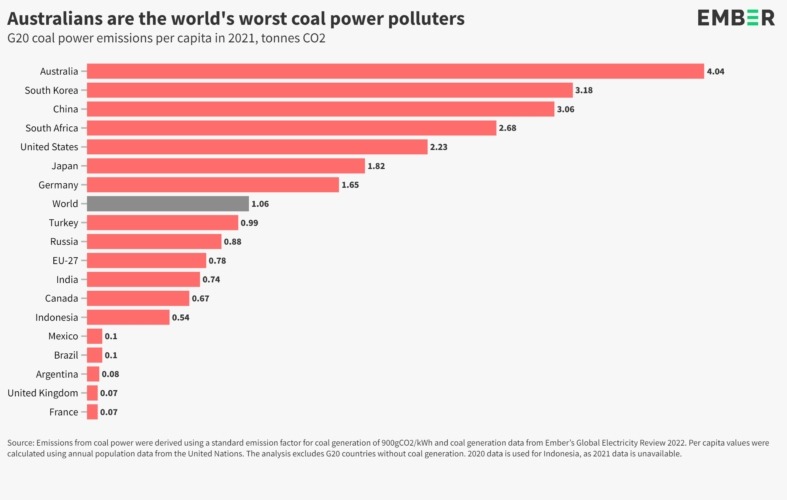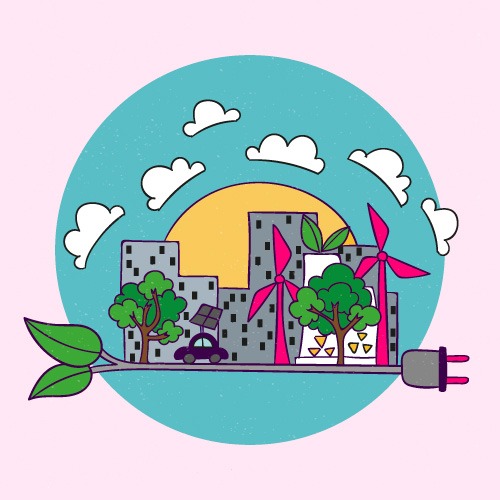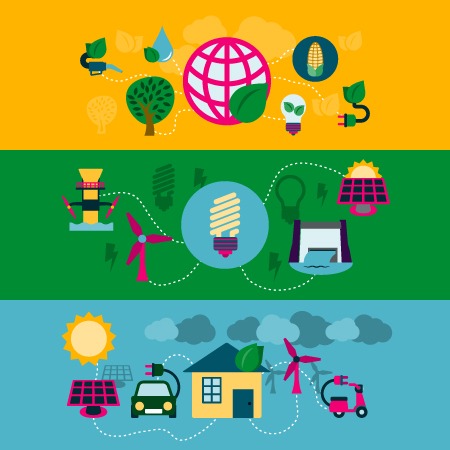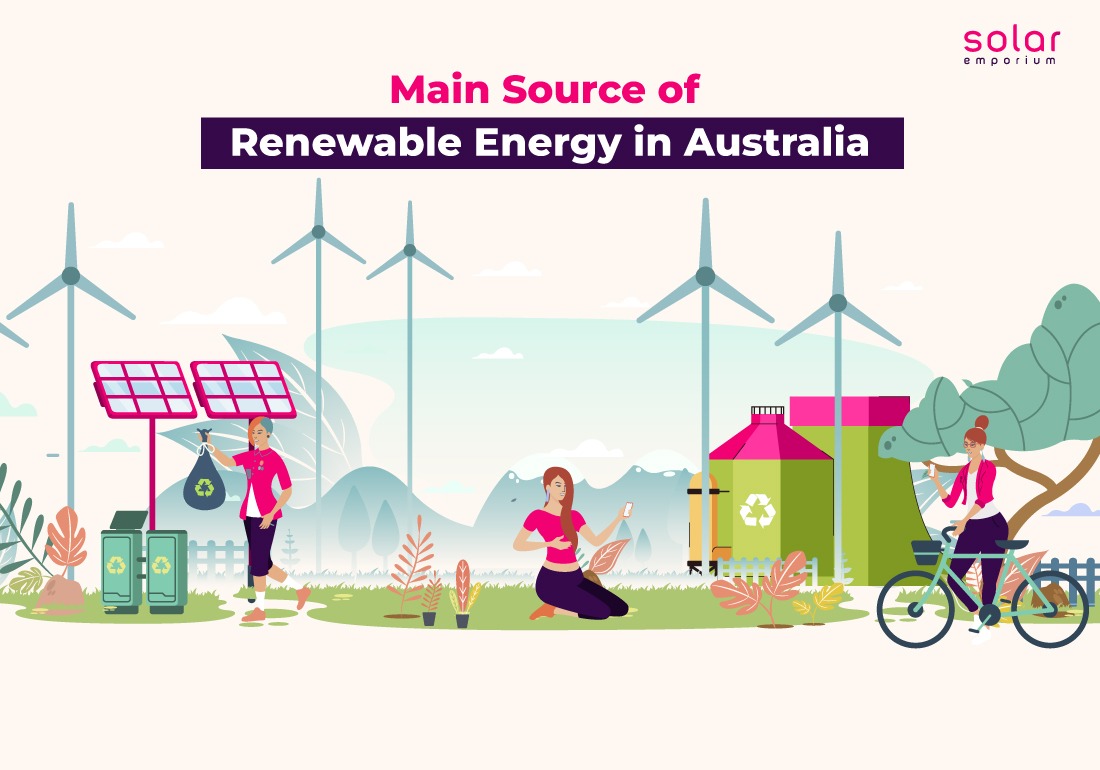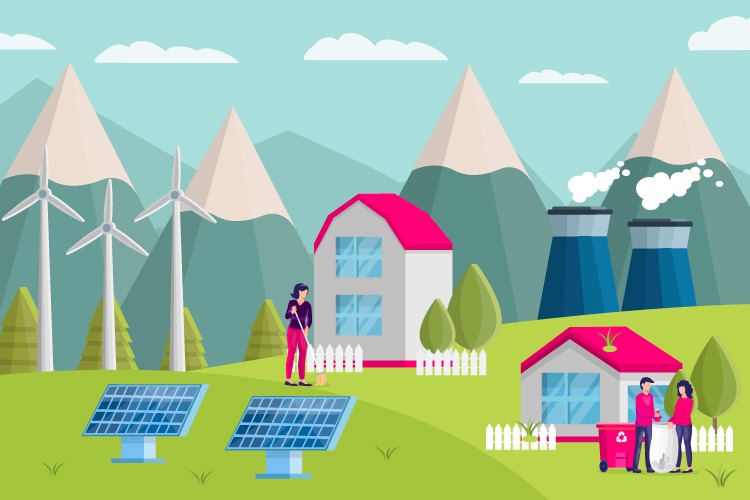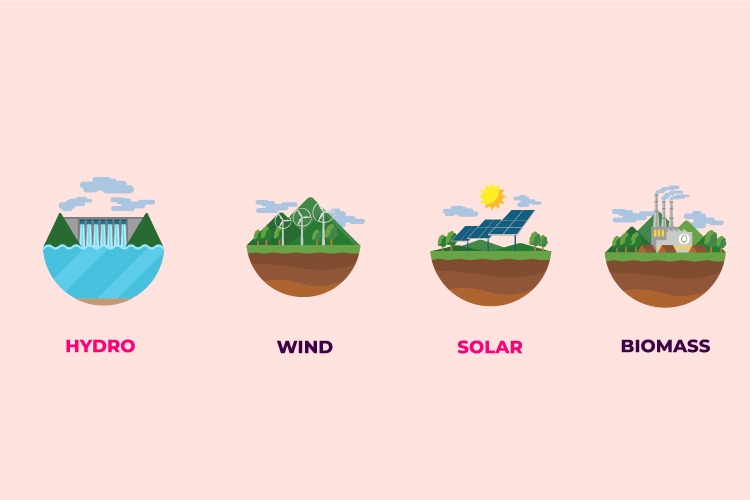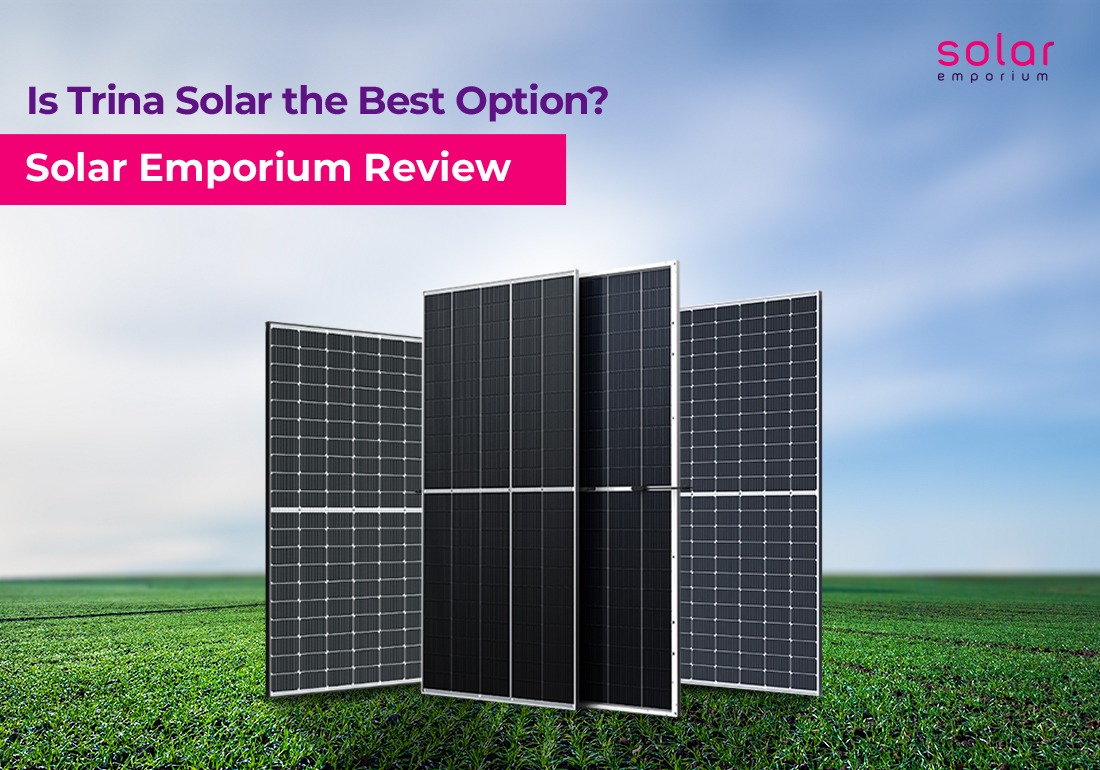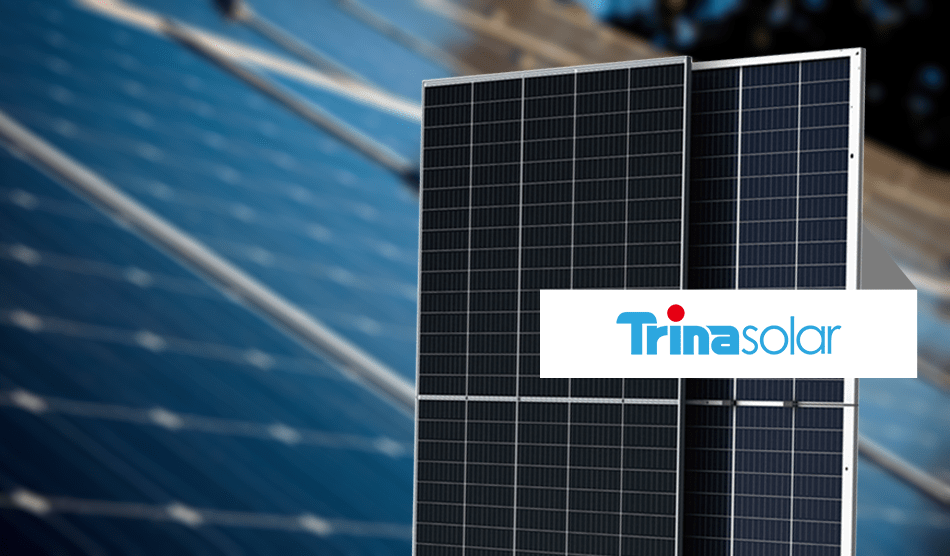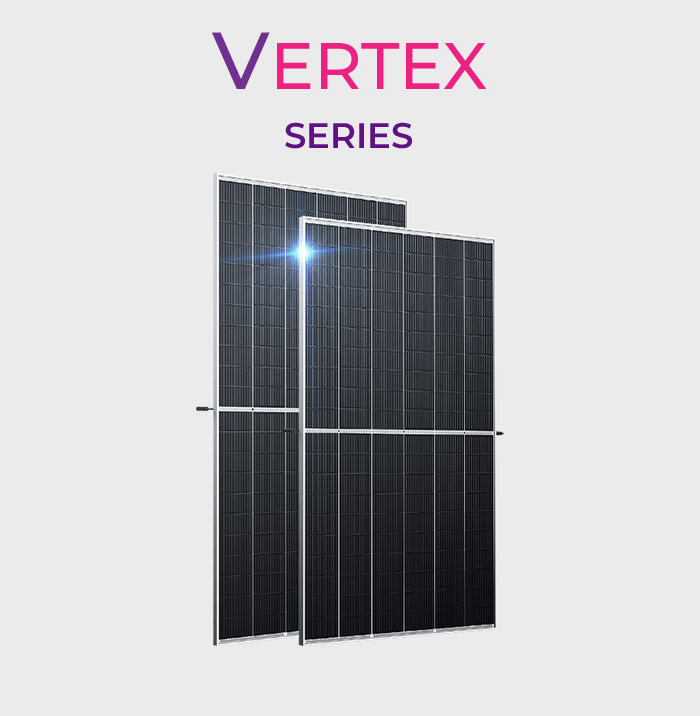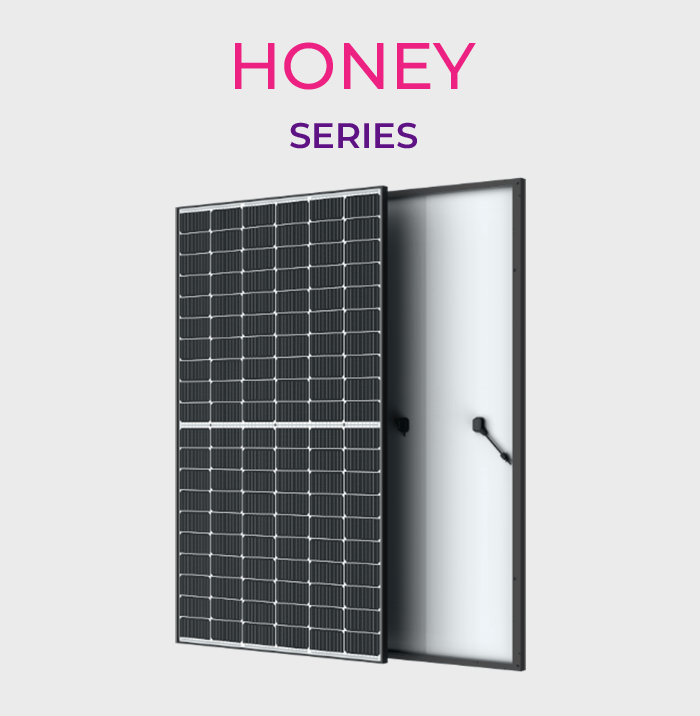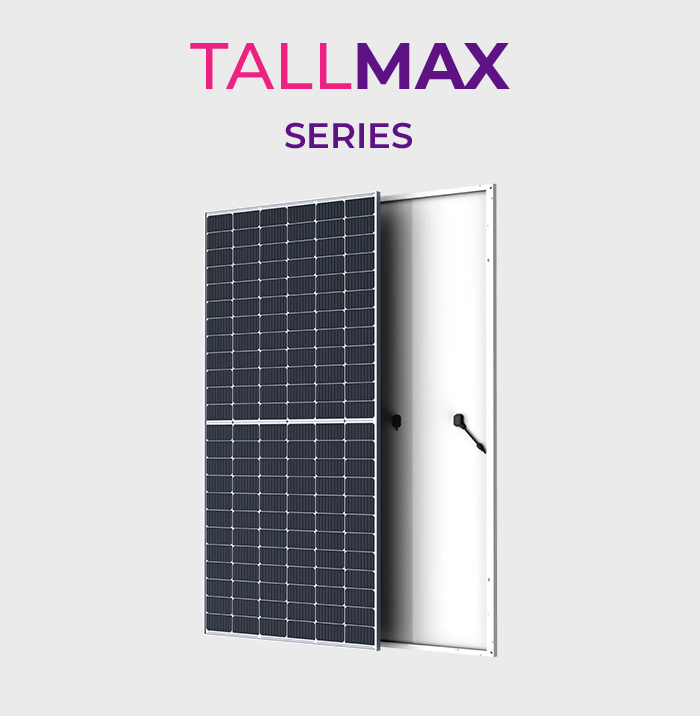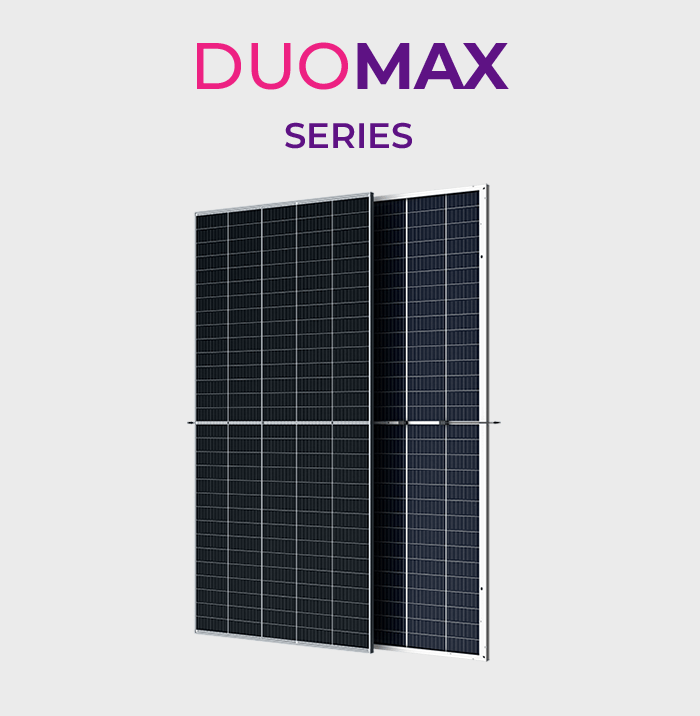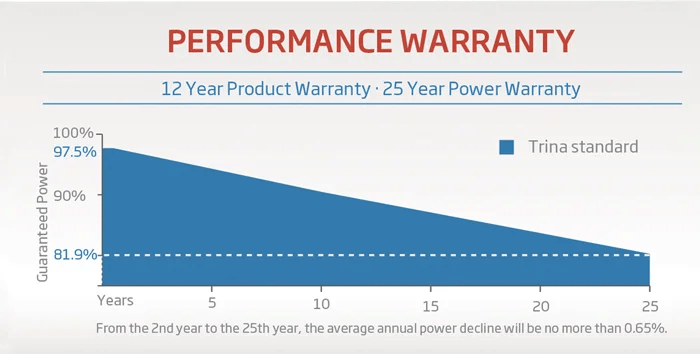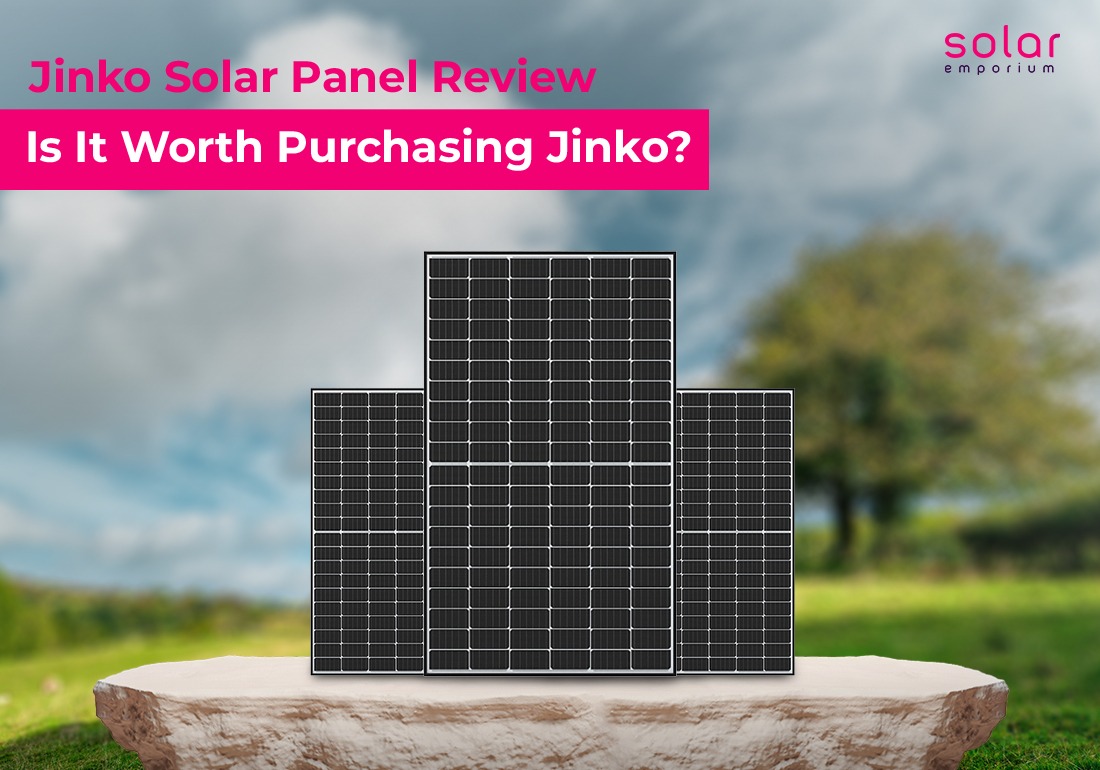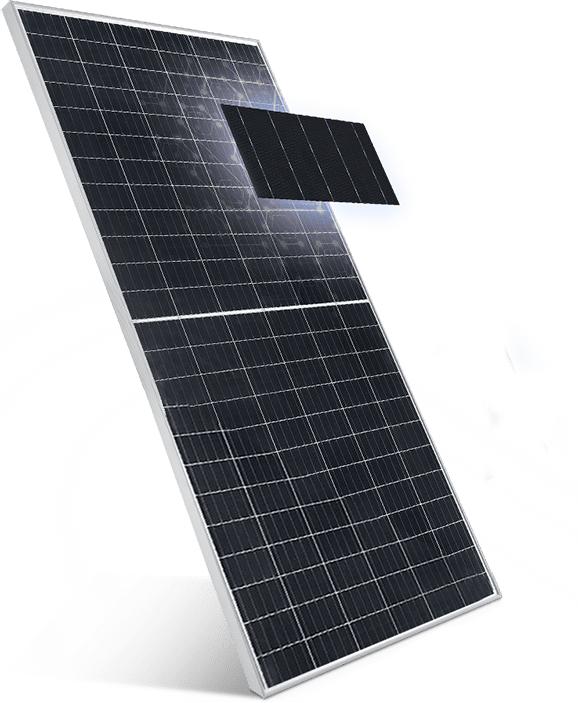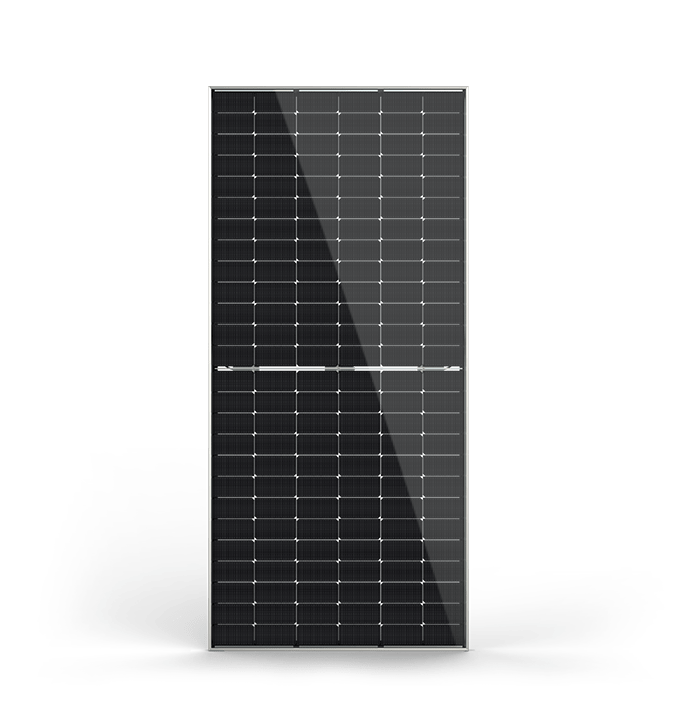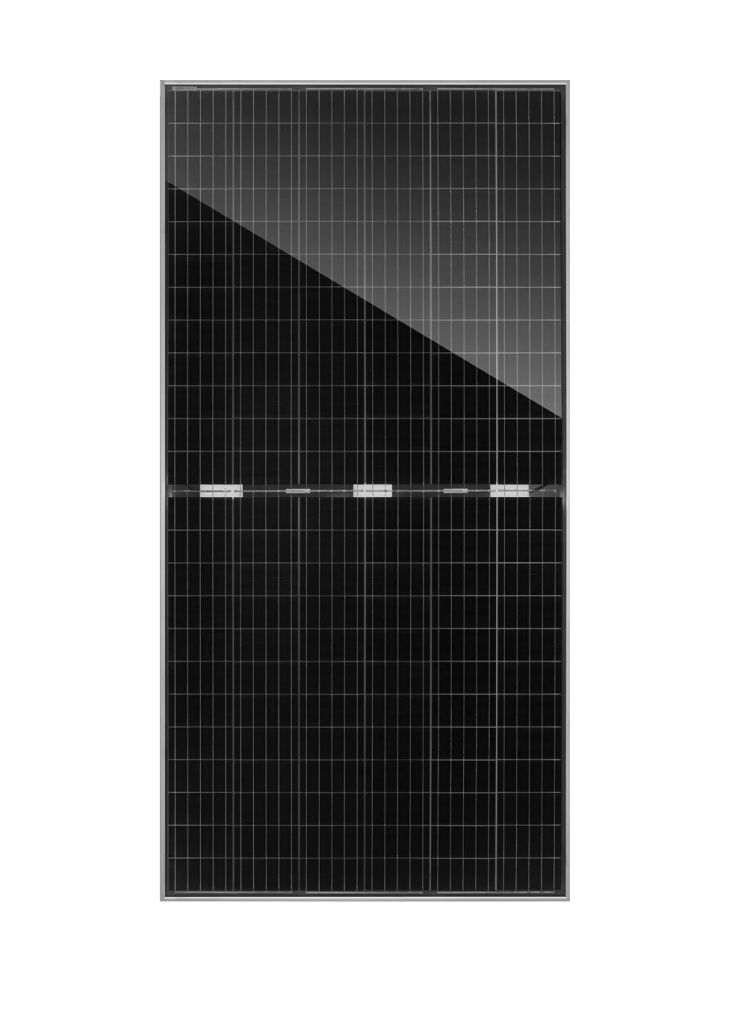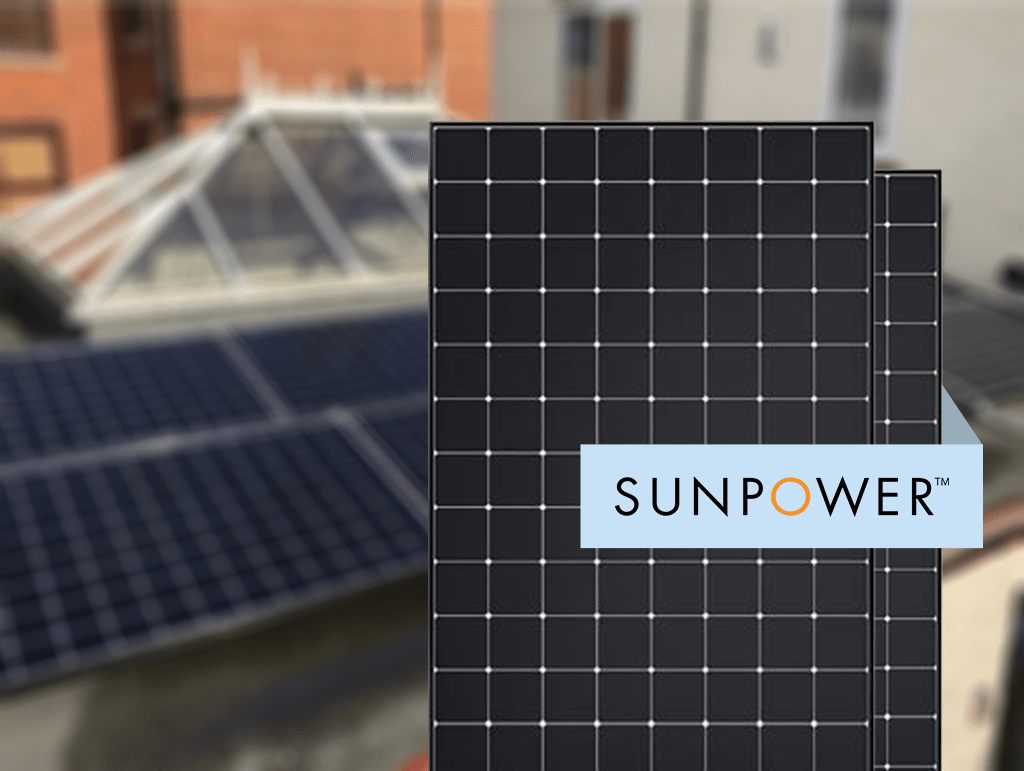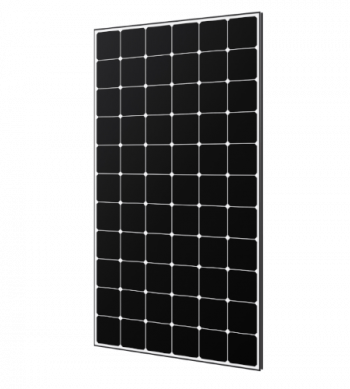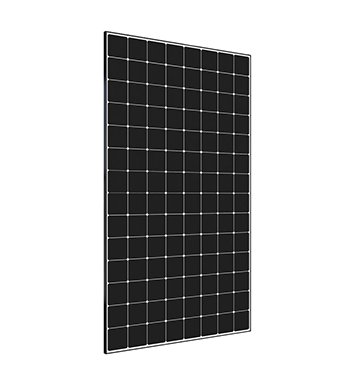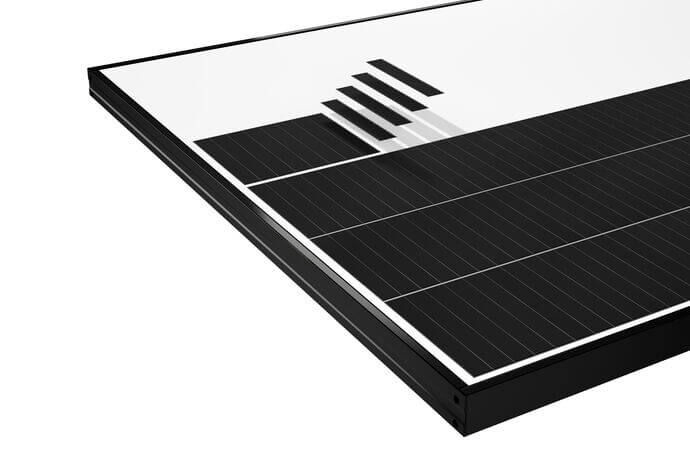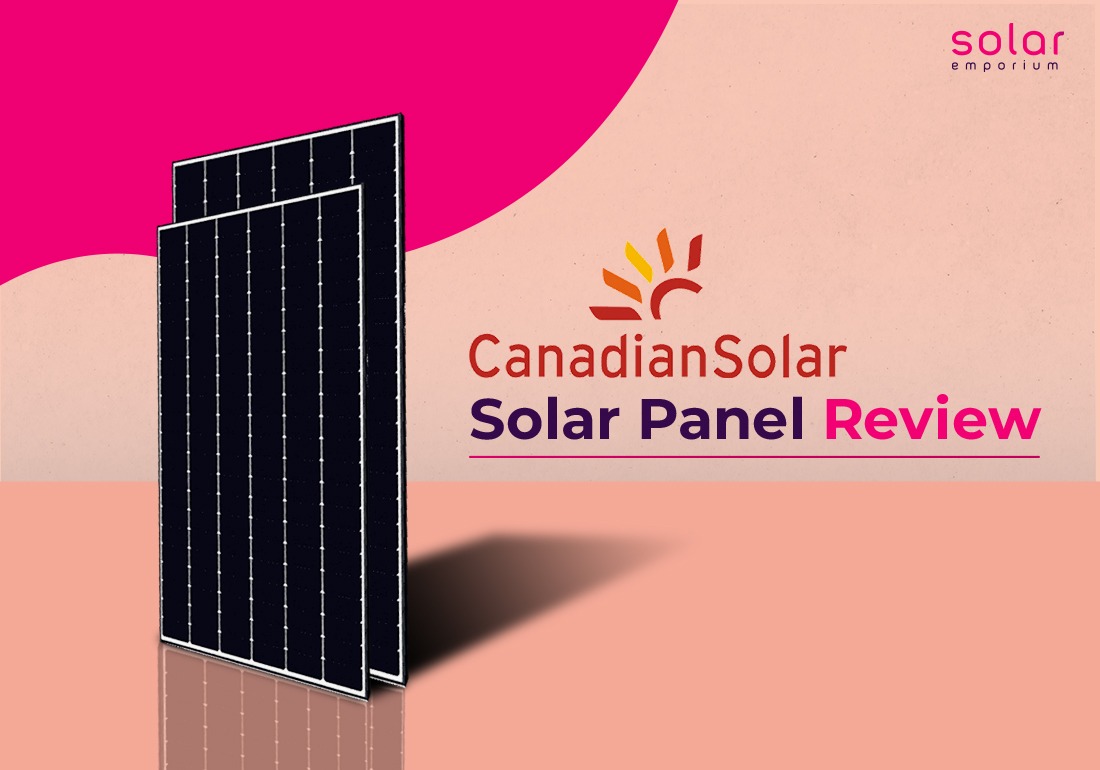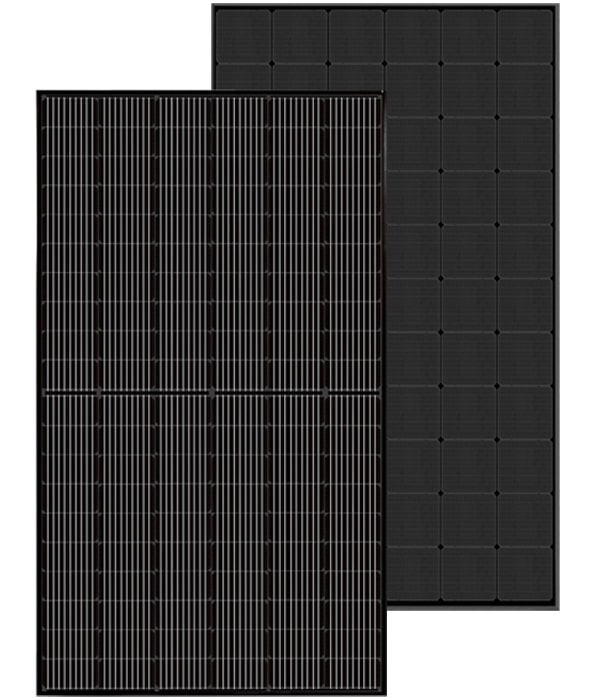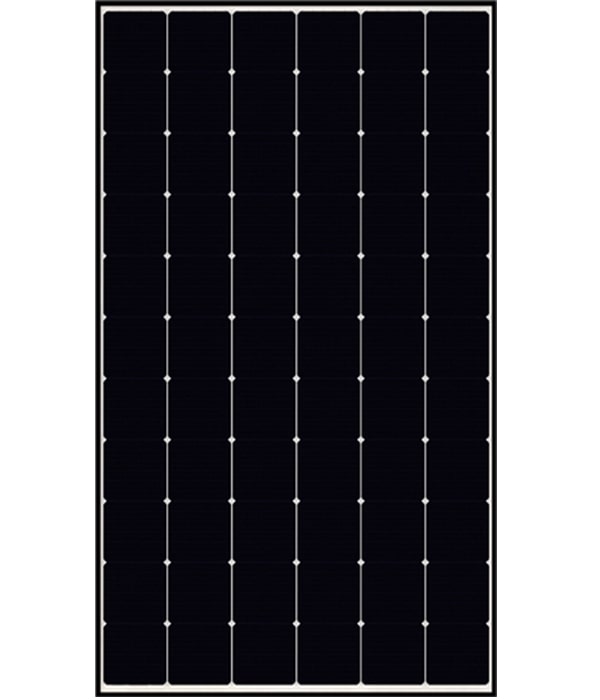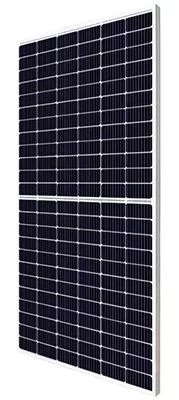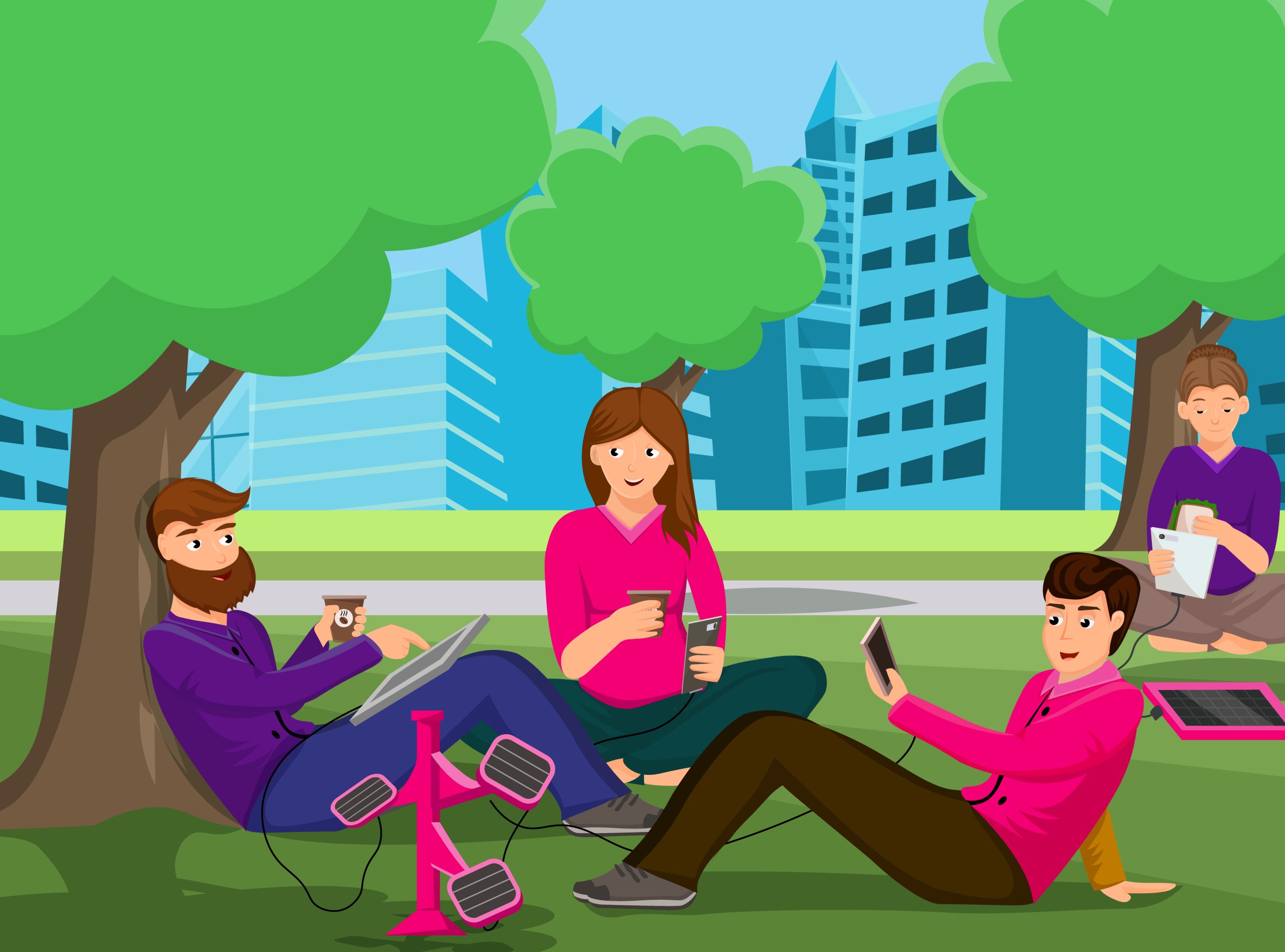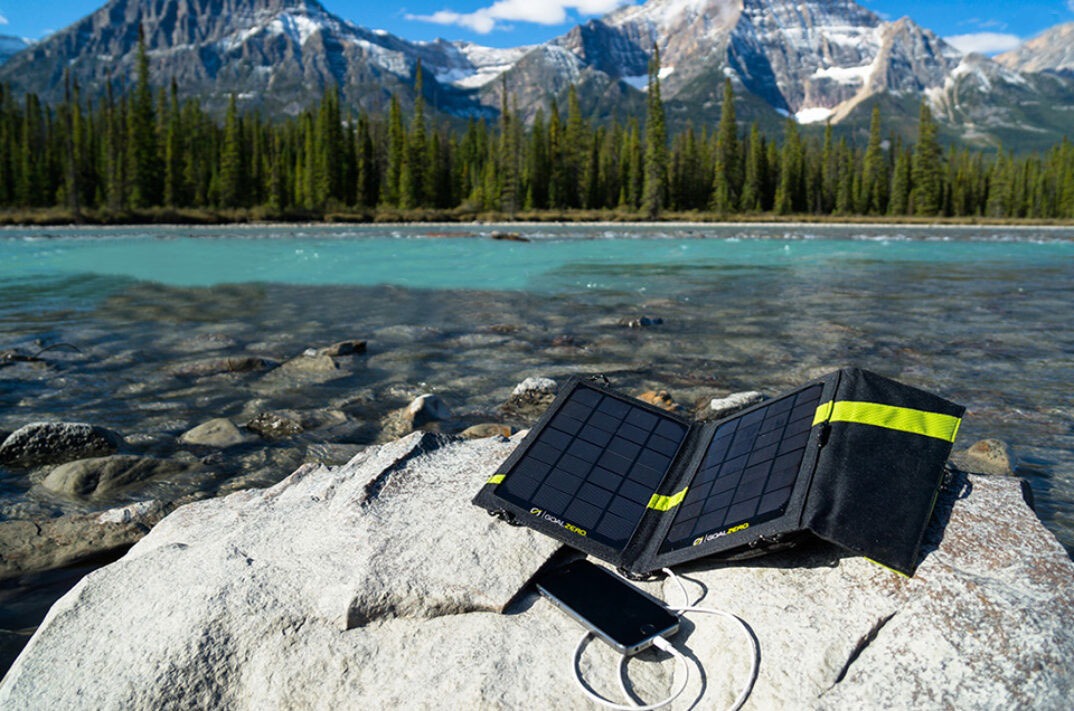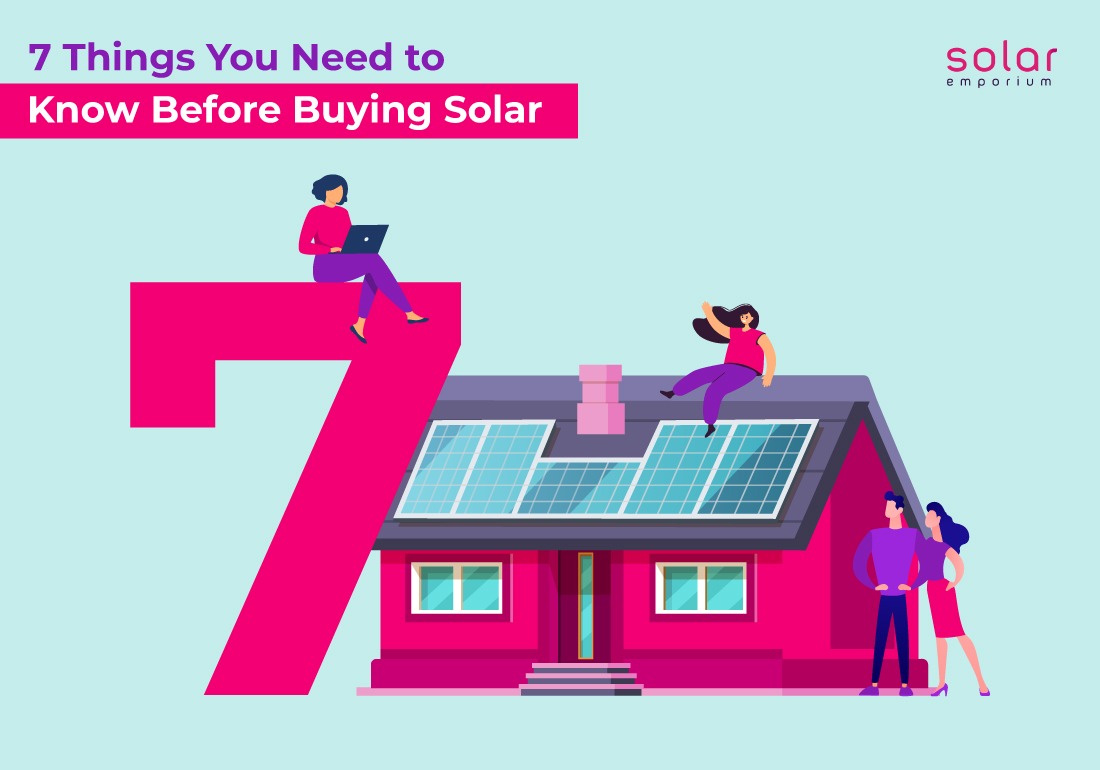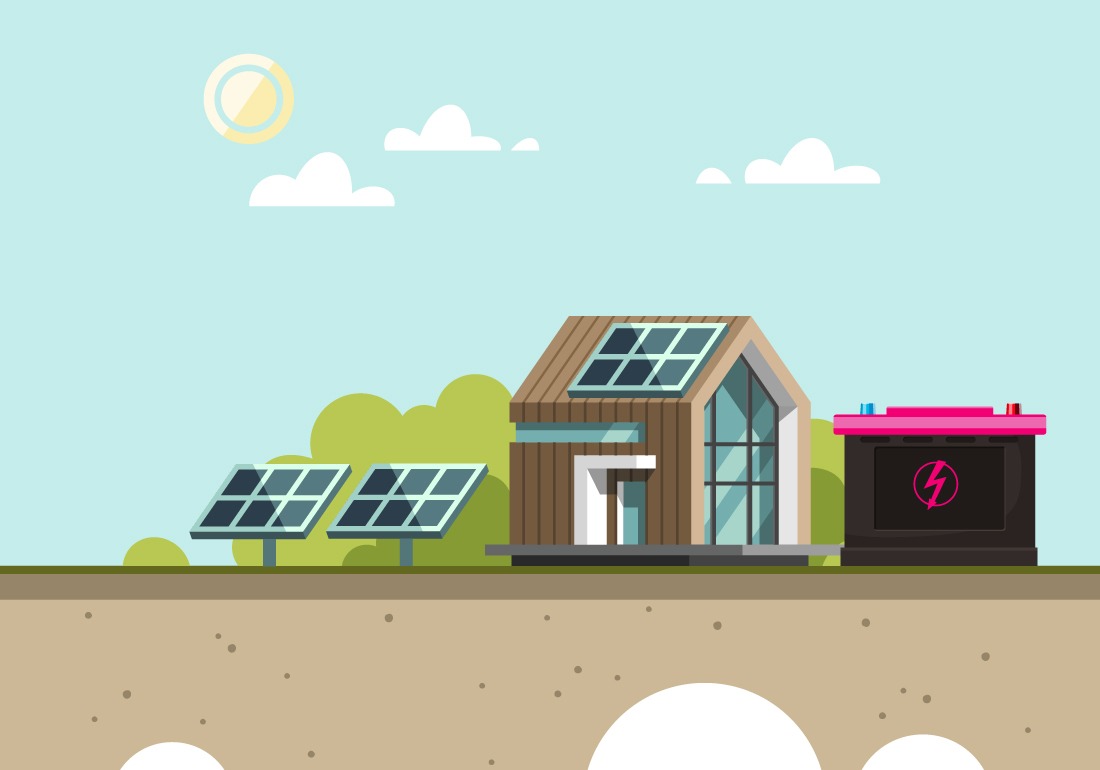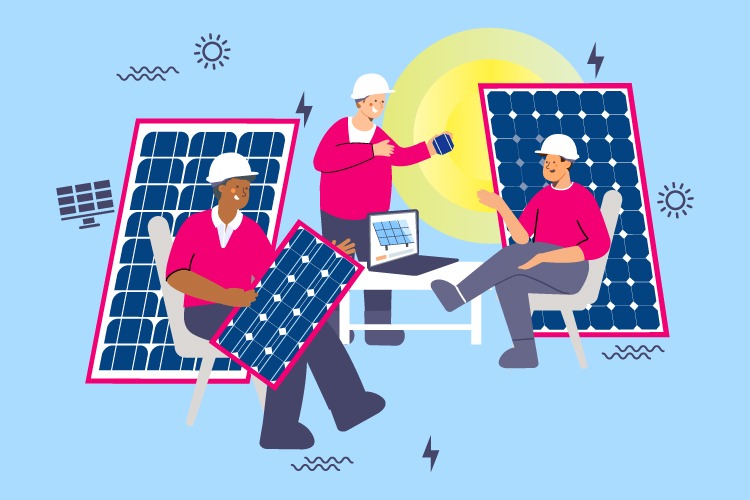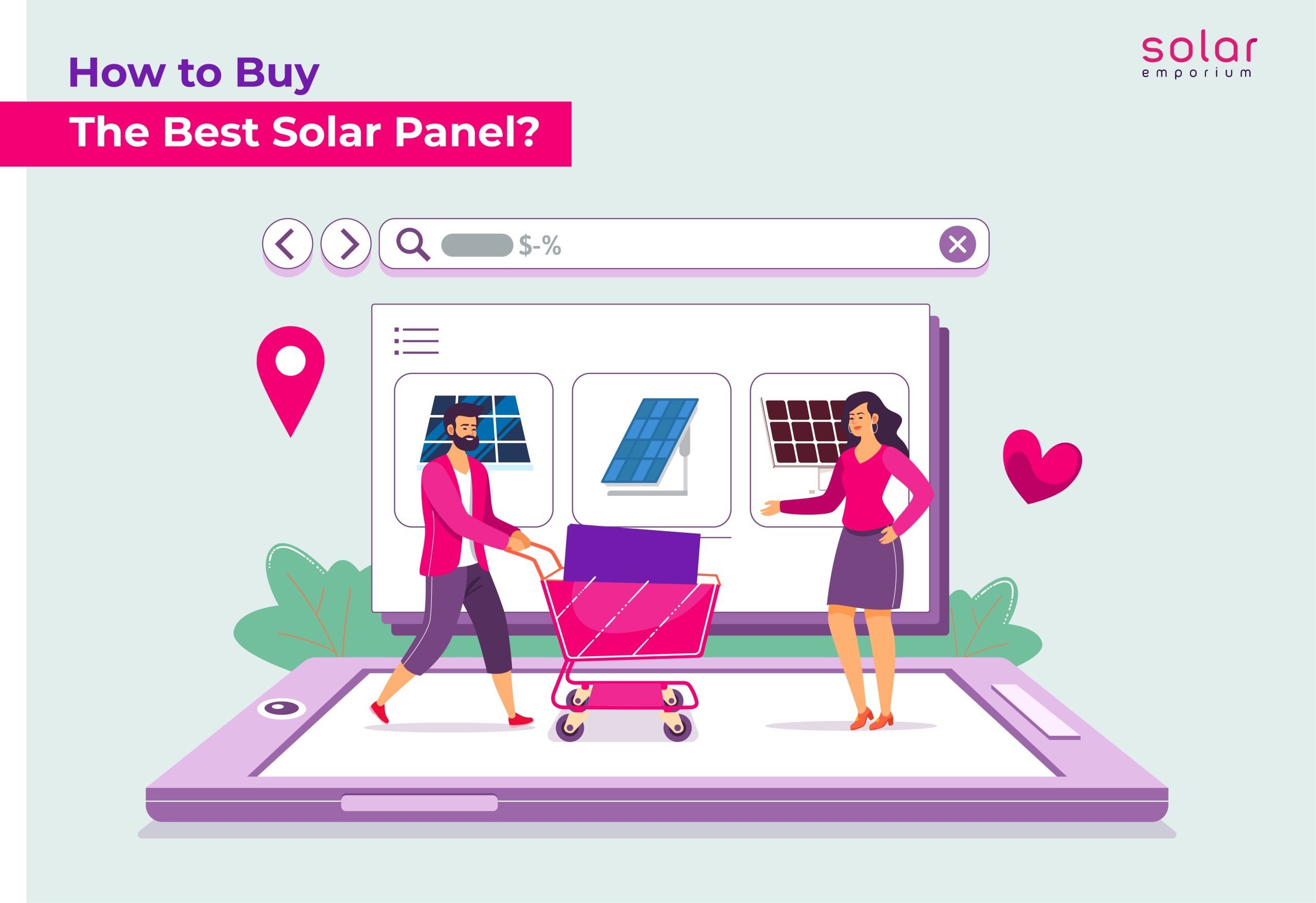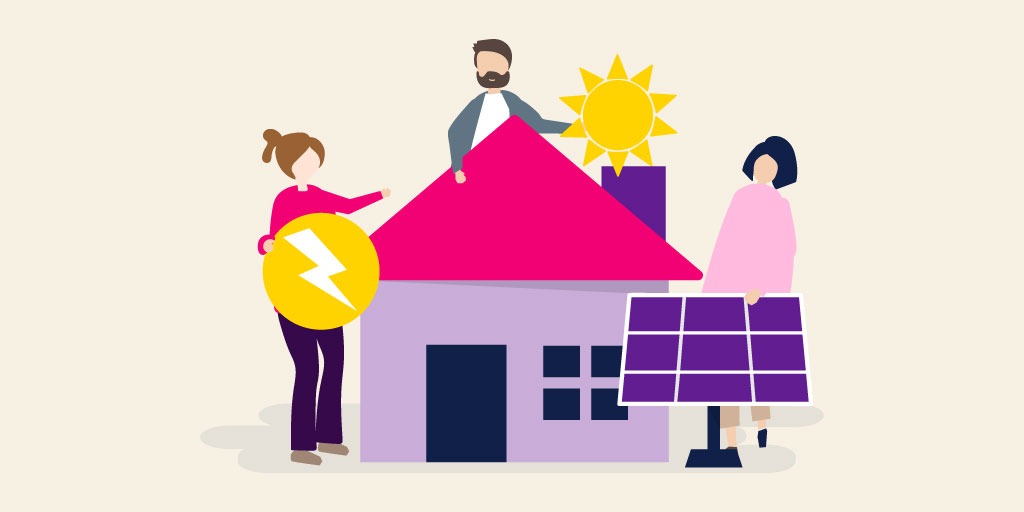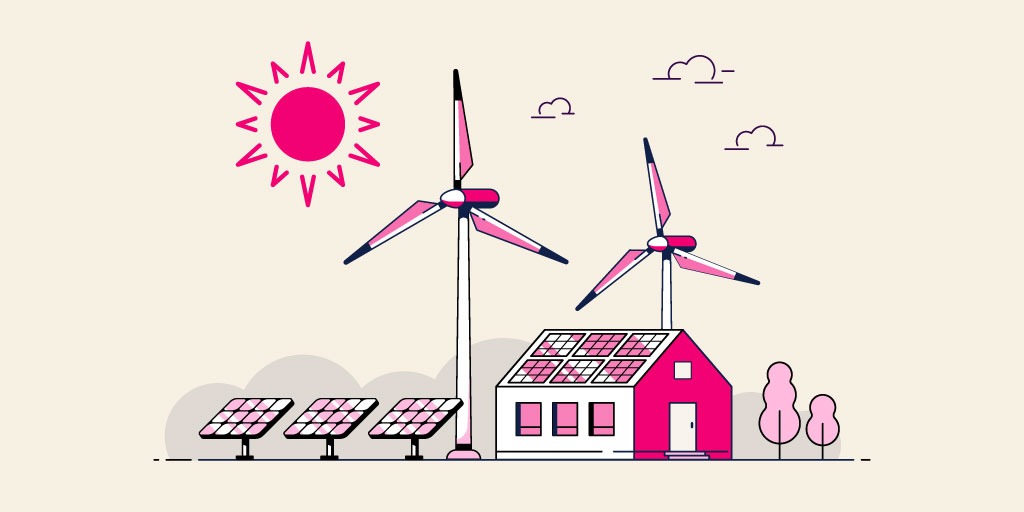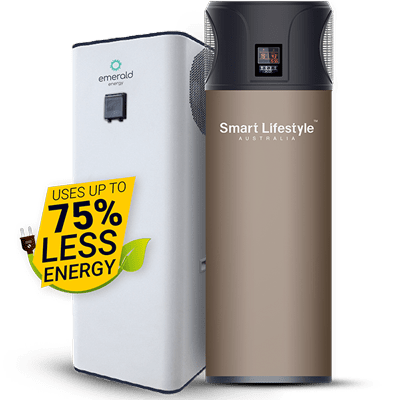Even a few years ago, solar panels were not as popular as it is now. And many solar companies are actively operating in Australia. Day by day, the popularity of solar panels are increasing. REC solar panel is one of the most talked about solar in the market. But is REC the most dependable solar? You shall find the answer here in this review article.
REC Solar Panels At a Glance:
REC is a pioneer in the solar industry and a leading innovator in solar PV technology. The advanced Alpha series panels use high-performance heterojunction cells. These cells have elevated REC to the level of the world’s best manufacturers. And they are among the most efficient solar panels on the market.
In this highly competitive solar market, the more affordable REC Twinpeak and N-peak panels offer excellent value for money and are backed by a 20-year product warranty and a 25-year performance warranty. The range is longer than the industry average.
- Bloomberg Tier 1 Solar Panel
- Power rating (Watts): 360W – 450W
- Efficiency (%): 19.5% – 22.3%
- Cell technology: N-type and Heterojunction
- Price bracket: Med to High $$$$
- Most popular panel: Alpha 400W
- Product Warranty: 20 years
- Service and support: 5/5
- Overall: Highly recommended ☆☆☆☆☆
Overview of REC
REC is a award winning solar company with the Tier 1 title. It was founded in Norway in 1996 and has grown to become a leading innovator of solar PV technology. The company is employing over 2000 people and operates an advanced manufacturing plant in Singapore. Typically, REC produces approximately 1.5 GW of solar panels per year. REC is still growing, though it is still small in comparison to the massive Chinese solar manufacturers. The company is also an industry leader in sustainability.
The operations headquarter and manufacturing facilities are in Singapore. And the new parent company, Reliance New Energy Solar, is part of the Indian conglomerate Reliance Industries as of 2021. The company currently has eight offices worldwide, including one in Melbourne’s CBD. REC is a fully vertically integrated company. Therefore, they manufacture everything from silicon ingots, wafers, cells, and complete module assemblies. Since they make everything in-house, it gives them complete control over the quality and traceability of all components.
REC claims to have the industry’s lowest warranty rate. It is a big claim and difficult to verify. But given the overwhelmingly positive feedback, they are definitely known to produce highly reliable and high-performing panels. Especially, they are known for their effectiveness in the harsh Australian climate, with very few known quality issues. Also, The REC Certified Solar Professional Program allows them to offer their customers longer warranty periods, including a product and labor warranty of up to 25 years.
Revolutionary Cell Technology
REC was the first company in the world to release panels that used the innovative split module design with half-cut cells. The high-efficiency PERC cell architecture is also used by REC in the entire TwinPeak panel line. Because of the many advantages and improved efficiency of the half-cell design, it is now becoming an industry standard.
Innovative Half-cut Cells
The half-cut cell and split module design effectively divides the panel into two halves, each with 60 ‘half-size’ cells, for a total of 120 cells. The two halves are joined parallel at the center of the panel but operate independently. So if one half is shaded, the performance of the other half of the panel is not affected.
When a small portion of a full-size 60-cell panel is shaded, it can lose up to 40% of its power. Another advantage of the half-cut cell format is that the current is reduced to half per side. Ultimately, it reduces resistance and losses by 75% of hot spot formation from shaded cells. Furthermore, the busbars can be smaller because of the lower current. As a result, less cell shading occurs and further efficiency improves. Overall, the half-cut cell and split panel design increase panel performance.
High-performance N-type Silicon Cells
The introduction of the N-Peak series in 2018 cemented REC’s position as a pioneer in half-cut cell technology. REC was the first manufacturer to create half-cut cells out of high-performance N-type silicon rather than the more common, lower-cost P-type mono or multi-silicon wafers. This places REC in the same league as LG, Panasonic, and SunPower, which are among the few other manufacturers that use high-purity N-type silicon wafers.
REC has included PERT, or ‘passivated emitter rear totally diffused’ cell technology, in addition to N-type silicon. The PERT process increases cell efficiency by utilizing full passivation on the cell’s backside to absorb more light photons and generate more energy.
Heterojunction HJT Cells
The REC Alpha series was the first mass-produced solar panel to use heterojunction (HJT) in a half-cut cell format. To increase cell efficiency, the HJT cells are built on a high-purity N-type silicon base with a thin-film layer of amorphous silicon above and below the cell. The HJT cells also have 16 microwire busbars, which increase efficiency and provide exceptional high-temperature performance with a very low-temperature coefficient of 0.26%, which is significantly lower than the industry standard of 0.38%. Because of the lower temperature coefficient, the Alpha panels will operate much closer to their rated power in high temperatures.
Range of REC Solar Panels
REC solar produces multiple ranges of solar panels for residential and commercial purposes. Many configurations and sizes are available utilizing the half-cut cells. Multiple companies are moving towards efficient cells, but REC has paved the way with their HJT and N-type monocrystalline cells.
REC Alpha Solar Series
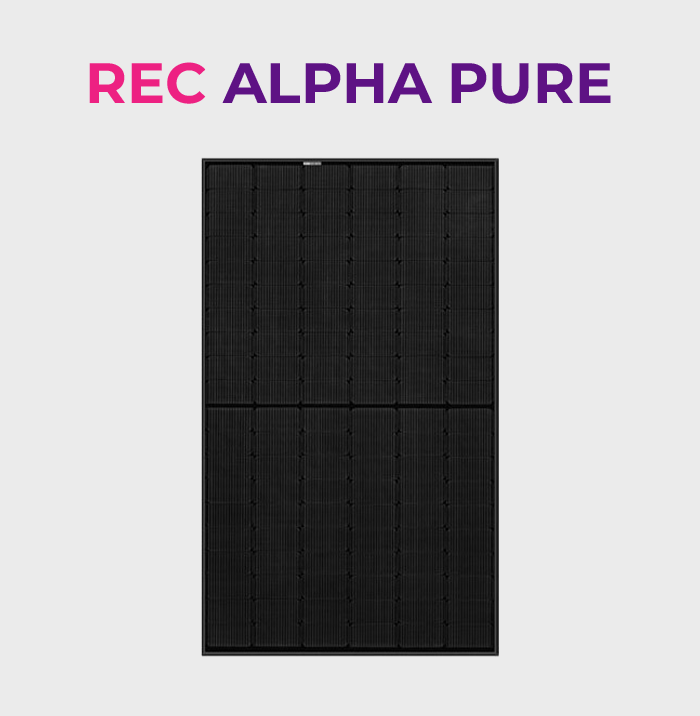
Cell Number- 120
Cell Type- Half-cut with HJT
Power Output- 380W
Panel Efficiency- 21.7%
Annual Power Degradation- 0.25%
Dimensions- 1721 x 1016 x 30mm
Weight- 19.5kg
Product Warranty- 20 years
Performance Warranty- 25 years
Operational Temperature Range- 40°C to 85°C
Alpha 72 Series
Cell Number- 144
Cell Type- Half-cut with HJT
Power Output- 450W
Panel Efficiency- 21.3%
Annual Power Degradation- 0.25%
Dimensions- 2063 x 1026 x 30mm
Weight- 23..5kg
Product Warranty- 20 years
Performance Warranty- 25 years
Operational Temperature Range- 40°C to 85°C

REC Alpha Pure R
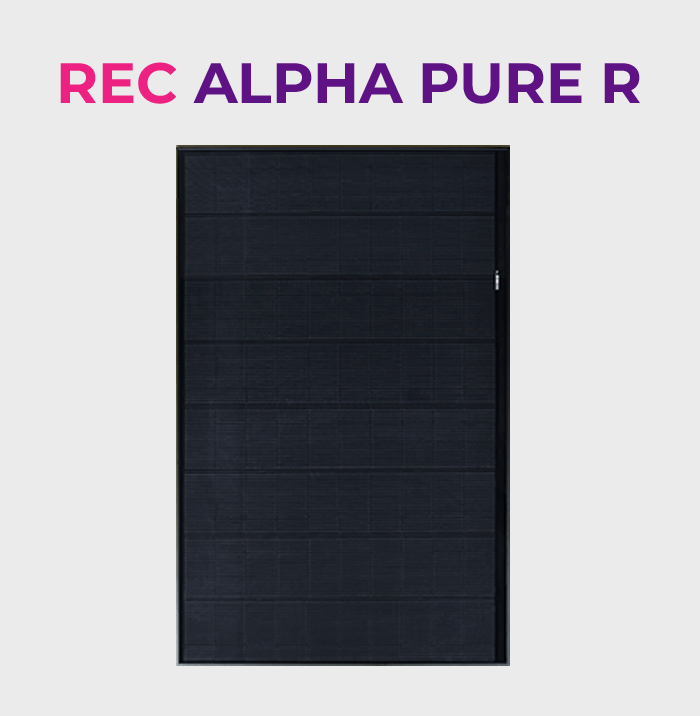
Cell Number-120
Cell Type- Half-cut with HJT
Power Output- 380W
Panel Efficiency- 21.7%
Annual Power Degradation- 0.25%
Dimensions- 1721 x 1016 x 30mm
Weight- 19.5kg
Product Warranty- 20 years
Performance Warranty- 25 years
Operational Temperature Range- 40°C to 85°C
REC N-Peak
Cell Number- 120
Cell Type- Half-cut mono c-Si n-type cells
Power Output- 380W
Panel Efficiency- 19.8%
Annual Power Degradation- 0.5%
Dimensions- 1675 x 997 x 30 mm
Weight- 18kg
Product Warranty- 20 years
Performance Warranty- 25 years
Operational Temperature Range- 40°C to 85°C

REC Twinpeak Series

Cell Number-120
Cell Type- Half-cut mono-Si p-type PERC cells
Power Output- 330W
Panel Efficiency- 19.8%
Annual Power Degradation- 0.7%
Dimensions- 1675 x 997 x 38 mm
Weight- 18.5kg
Product Warranty- 20 years
Performance Warranty- 25 years
Operational Temperature Range- 40°C to 85°C
REC solar panel specification/ datasheet
| REC Alpha Series | REC Alpha 72 Series | REC N−peak Series | REC TwinPeak Mono Series | REC TwinPeak 2s Mono 72 Series | |
|---|---|---|---|---|---|
| Cell Number | 120 | 144 | 120 | 120 | 144 |
| Cell Type | Half−cut with HJT | Half−cut with HJT | Half−cut mono c-Si n-type cells | Half−cut mono−Si p−type PERC cells | Half−cut monocrystalline PERC cells |
| Power Output | 380W | 450W | 330W | 330W | 400W |
| Panel Efficiency | 21.7% | 21.3% | 19.8% | 19.8% | 20% |
| Annual Power Degradation | 0.25% | 0.25% | 0.50% | 0.70% | 0.50% |
| Dimensions | 1721 x 1016 x 30mm | 2063 x 1026 x 30mm | 1675 x 997 x 30 mm | 1675 x 997 x 38 mm | 2005 x 1001 x 30 mm |
| Weight | 19.5kg | 23.5kg | 18kg | 18.5kg | 22kg |
| Product Warranty | 20 years | 20 years | 20 years | 20 years | 20 years |
| Performance Warranty | 25 years | 25 years | 25 years | 25 years | 25 years |
| Operational Temperature Range | −40℃ to 85℃ | −40℃ to 85℃ | −40℃ to 85℃ | −40℃ to 85℃ | −40℃ to 85℃ |
| Made in | Singapore | Singapore | Singapore | Singapore | Singapore |
Efficiency
The term solar panel efficiency refers to how effectively a solar panel captures and converts sunlight into usable electricity. A high-efficiency solar panel will produce more electricity than a lower-efficiency panel of the same size under the same conditions. As a result, a higher efficiency rating is generally preferred.
The efficiency of your REC solar panels will differ depending on the model you select for your system. Solar panels in REC’s product line have efficiency ratings ranging from 19.1% to 22.3%.
| REC SERIES | EFFICIENCY (%) |
|---|---|
| Alpha Pure-R | 20.7% − 22.3% |
| Alpha Pure | 21.1% − 22.2% |
| N-Peak 2 (black) | 19.1% − 20.3% |
| Twinpeak 4 (black) | 19.4% − 20.3% |
Cost
Many homeowners base their final decision on the cost of the solar equipment they select. The total cost depends on solar power and solar module. To determine the price range for REC solar photovoltaic (PV) systems, we analyzed free quotes from Marketplace installers that included REC solar panels. Most REC solar PV systems are priced between $2.32 and $3.10 per watt, making them an excellent value in the home solar market.
This means that the gross cost of a 6 kW system (before any tax credits or other incentives) would range between $13,920 and $18,600. Furthermore, most homeowners pay far less than the total gross cost. With the federal solar tax credit of 30%, which everyone is eligible for, a 6 kW system with REC’s solar panels would cost between $9,744 and $13,020.
There are numerous state-level solar incentives and rebates available to help you reduce your upfront costs even further. Remember that when you go solar, you’ll be producing free, renewable energy right in your own home. Check out our solar packages for your convenience.
Warranty
REC began offering a 20-year manufacturer’s product warranty (previously 10 years) alongside the standard 25-year performance warranty on all TwinPeak and N-peak panels in early 2019. The REC solar installer certification program, on the other hand, extends the product warranty by an additional 5 years, for a total warranty period of 25 years.
The new warranty significantly improved over the previous 10-year product warranty, which is not surprising given REC’s good reputation and low failure rates. The N-peak panels will have a 20-year product warranty and a 25-year performance warranty, with an 86% retained power output after 25 years.
In contrast, the new Alpha series will have a 25-year product warranty with a 92% retained power output after 25 years. With global support offices in the United States, Germany, India, Japan, Singapore, and Melbourne, REC has a good reputation and service in the event of a warranty issue or claim.
So, Is REC The Most Dependable Solar?
Depending on the market criteria and the company’s reputation, REC seems to be a very dependable solar company. Their warranty and solar panel range is better than satisfactory. According to the market, they are actually better than most other companies. Therefore, you can choose REC solar any day. Although the final decision remains up to you.
